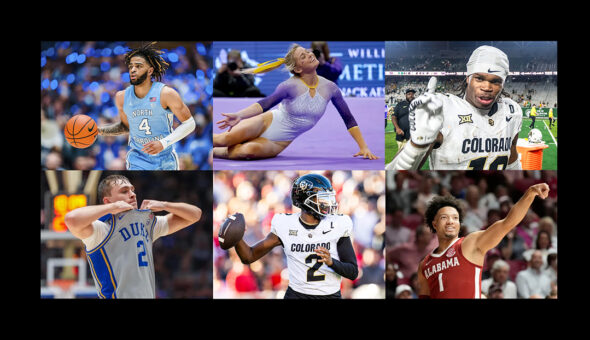Personalized web content and videos create custom experiences for users based on who they are and what they’re looking for. Websites or videos that dynamically incorporate information about a person, such as their name, city, or interest are one example of this. Personalization can also be used to send relevant information to a user based on previous online behaviors. You’ve no doubt benefited from personalization yourself; Amazon recommends certain products based on previous searches and past purchases we’ve made, and Netflix suggests movies and TV shows based on what we’ve watched in the past. Both examples save time and effort on the consumer’s end, making the decision of what product to buy or show to watch feel almost effortless. And as most of us can attest, it’s easy to find yourself 5 episodes deep in a new series or adding an impulse purchase to your cart when most of the decision-making legwork has already been done for you. But how can the same strategy apply to a purchase decision as complex as choosing a college? Using personalized content, colleges and universities have the opportunity to position themselves as the best fit for a particular student based on the academic program, extracurriculars, or careers that student is interested in. In doing this, schools can speak to students on a much more personal level, using targeted messages designed to increase engagement and guide them down their own unique path towards enrollment.
Although this generation’s college applicants have grown up accustomed to Netflix-level personalization in other areas of their life, most higher education marketing departments still take a one size fits all approach to user experience.
Why Higher Ed Institutions Can’t Afford Generic Content
In an interview we conducted back in March of 2017 with a high school senior on her process of choosing a college, she admitted to Googling her top schools for hours on end as she sought to make a decision. As she narrowed her options even further, Libbey sheepishly admitted that it was “a bit obsessive” how much time she was spending on these schools’ websites, trying to figure out what made them different. This interview with Libbey only further confirmed what we already knew: websites are the most powerful marketing and communications tool your school has to reach prospective students. Consider that nearly 70% of college-bound juniors and seniors identified college websites as a resource influencing interest in a school, according to a 2016 Ruffalo Noel Levitz survey. And although this generation’s college applicants have grown up accustomed to Netflix-level website personalization in other areas of their life, most higher education websites still take a one size fits all approach to user experience. With nearly 58% of admissions counselors reporting that they failed to meet their admissions goals for the 2015-2016 cycle, it seems higher education enrollment groups are feeling the pressure to close more applicants into enrolled students. Data shows that 68% of marketers say personalization based on behavioral data has a high impact on ROI. To help close the gap, it’s time for schools to stop treating all users the same, and start optimizing campaigns to convert and engage more prospective students – whether it’s their first interaction with your schools, or their fifth time searching for information on engineering majors.









